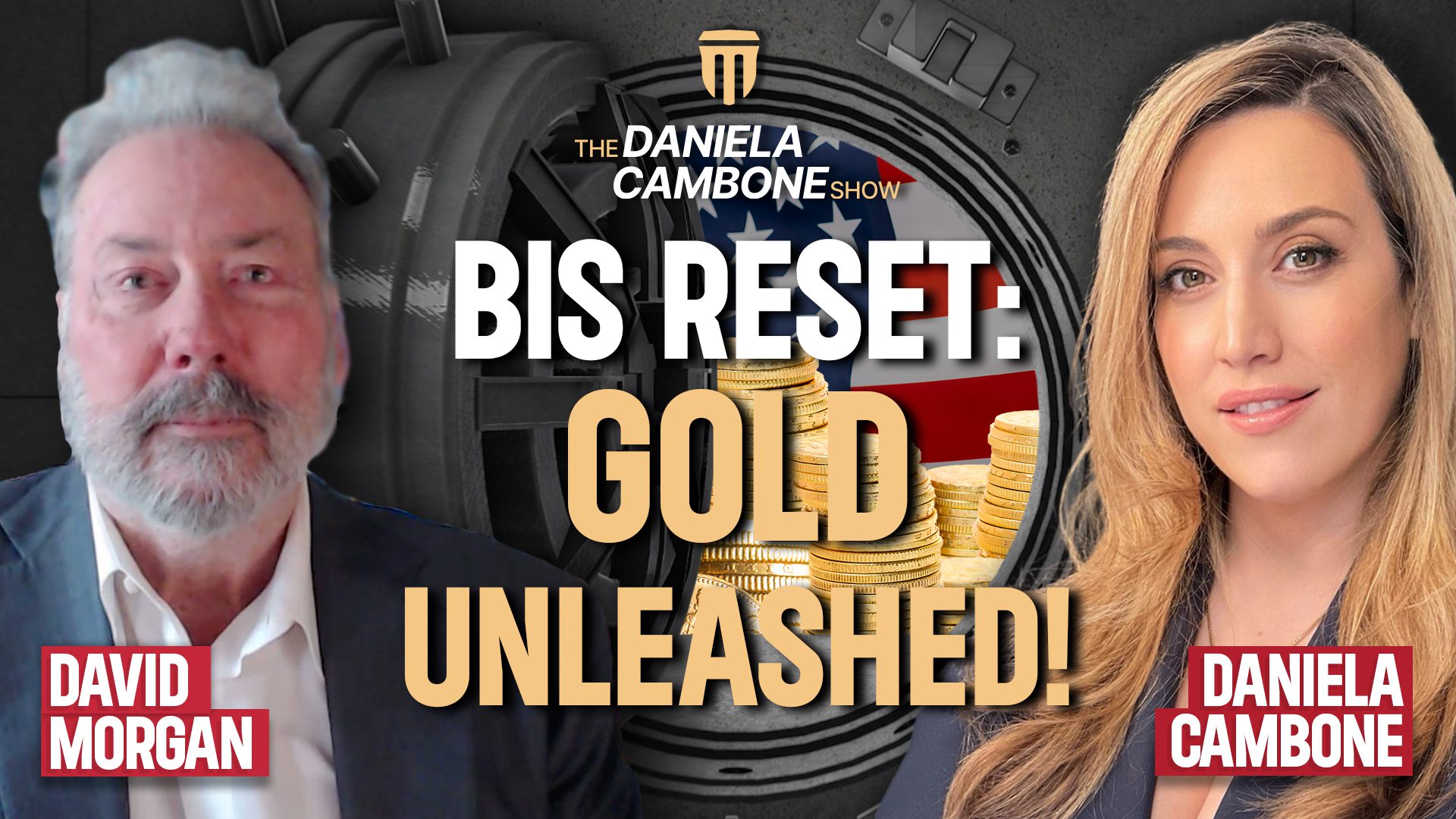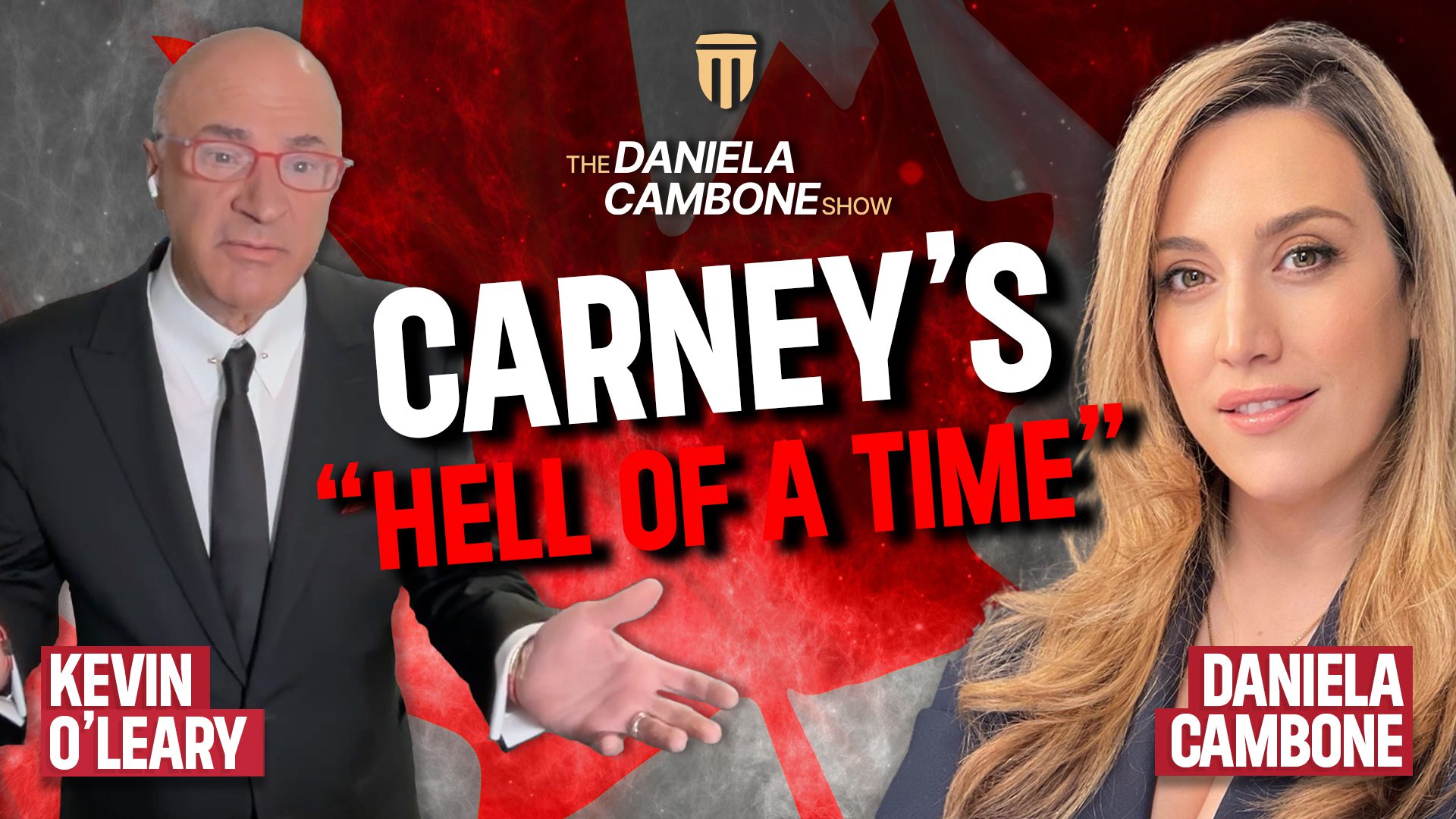Higher can the Fed Raise Rates without Tipping the U.S. Economy into a Recession

Higher can the Fed Raise Rates without Tipping the U.S. Economy into a Recession
THE DOLLAR
The Fed’s recent campaign to raise interest rates has certainty been supportive
of the dollar. But one has to ask at this late stage: How much higher can the Fed
raise rates without tipping the
U.S. economy into a recession and can our economy handle a recession at
this point in our history?
We are a nation of debtors who have literally piled up debt in the last few decades,
particularly within the last 16 years. You will recall that I address our astronomical
debt in almost every newsletter. Again, I remind you that, excluding unfunded liabilities,
our debt currently exceeds $40 trillion (corporate, personal, and government), and
65% of that debt has been created since 1990. This has put tremendous
pressure on the dollar.
 The dollar’s most recent peak occurred in February 2002,
The dollar’s most recent peak occurred in February 2002,
when it hit 120.5 on the dollar index (an index tied to several major currencies).
Over the next two years, the dollar plummeted. By December 30, 2004, it had dropped
to 80.59. The dollar rose off of that bottom; and on December 16, 2005, the dollar
index was 92.39. As of this writing, however, the dollar has declined to the mid-80s.
Although interest rate increases by the Fed stopped the steep rate of decline, the
dollar’s rebound has been weak, at best. No currency has ever stood the test
of time, and no country has ever put as much pressure on its currency as the United
States has placed on the dollar!
Personally, at this Juncture, I don’t see how the Fed will be able to raise
rates much higher. In their last tightening cycle, which ended on May 16, 2000,
the Fed Funds Rate only reached 6.5% before it tipped the economy into a recession
in the ensuing year. This, of course, sent the stock market plummeting. Today we
have exceedingly more debt. As a result, I believe we are far more vulnerable if
we should enter into a recession.
If the Fed goes too far, it will kill the housing market; and the stock market and
the U.S. will lapse into a recession or something worse. I believe that the Fcd
has reached the end of its rope and that the interest rate hikes will come to an
end soon, If they haven’t already. In fact, I believe it won’t be long
before the Fed reverses its actions and begins to lower rates. This is, after all,
their “MO” — lower rates to fight off a receding economy and raise
rates until the economy lapses into a recession.
History says that, somewhere in the future (and not too distant), rates will be
dropping, and the Fed will be increasing the money supply. That will, once again,
apply downward pressure on the dollar. That downward pressure ultimately will be
good for gold.
In their July 2006 Aden Forecast, the Adens wrote, “Top ranking Chinese bank
officials are starting to speak out. Interestingly, a deputy governor of the People’s
Bank recently said that countries around the world should gradually rely less on
the dollar for trade and foreign exchange. A Chinese central bank advisor also made
the formal recommendation that China should start diversifying its nearly $1 trillion
in foreign currency reserves
into gold and oil to hedge against a drop in the dollar.” Of course,
this is an attack on the dollar’s status as the World’s Reserve Currency.
I believe we can expect more of the same in the months and years ahead: fewer and
fewer foreigners willing to produce goods by the sweat of their brow in exchange
for paper dollars that are created out of thin air.
The Adens also point out that China holds about 70% of its reserves in dollars and
only 1% in gold and that even a small portion of those reserves being placed into
gold would be very bullish for gold! The Adens went on to say, “The point
is, gold is in a mega bull market. That’s the big picture and it’s happening
to coincide with this mega world power shift.”
REAL ESTATE
Last fall I wrote that the real estate market was potentially topping out. At that
time I was warning my family and friends not to overextend their investments in
real estate as well. From my perspective, it had the appearance of a market that
had seen its best days. Yes, they don’t make land anymore, but the problem
with real estate is that most people leverage it to the hilt and when the market
turns down and prices begin to fall, real estate becomes illiquid.
The real estate market had been in a bull-market cycle since 1995. It had become
the backbone of the American economy, supporting everything from retail to the stock
market. It is for this reason I believe the Fed cannot allow the real estate market
to collapse. The result would be a deep recession. Yet, at this point in time, I
wouldn’t want to bet on that by investing my money in real estate.
This has been the greatest real estate market in the history of our nation. Almost
everyone has invested in real estate, how many of your friends are in the precious
metals market today–probably none? Historically, that’s the time to buy.
STOCK MARKET
The stock market’s long climb off of its October 2002 bottom has looked good,
but has it really been good? And is it destined to climb ever higher, or is the
best behind us now?
As of late, the market seems to be tiring. I don’t know how long it will be
before the bear market rally that began in October 2002 breaths its last breath
and heads down in earnest, but I think we are getting closer and closer to the end.
It is interesting to note that on Friday, March 10, 2006, with the Dow at 11,076,
Lowry’s Reports wrote that although the Dow was down just 1.5% from its 2000
high, the 30 stocks that make up the Dow were down an average of 22.1%. This indicates
that only a few select stocks have carried the stock market higher. While the stock
market has painted a pretty picture, the majority of stocks have not done so well.
This might not be of great concern if the stock market were in the beginning of
a bull market and stocks were undervalued. However, I believe, as do the analysts
I follow, that the stock market is overvalued. I believe the stock market is still
in a secular (long-term) bear market and that somewhere ahead we will see another
downturn. This downturn may be worse than the tumble we experienced when the tech
bubble began to burst in the spring of 2002. It was said that more money was lost
after the rally that followed the 1929 crash than was lost during the crash itself.
The following are comments from Richard Russell’s Dow Theory Letters for June
13, 2006-
“Subscribers know that I adhere to the thesis that there is only one dependable
market cycle, and that is the never-ending stock market cycle in which stocks go
to overvaluation (a bull market) and then to undervaluation (bear market), and then
up to overvaluation again (new bull market) and on and on. The KEY to these cycles
has always been, and always will be, VALUATIONS.”
“Here’s one thought that’s never left my mind and this is it –
at the lows of 2002, stocks never got anywhere near undervaluation. In other words,
at the 2002 lows there was nothing that even hinted of a classic “great valuation”
bear market bottom. In my opinion, the bear market that started in 2000 never ended.
For that reason, I believe the end of the bear market lies somewhere ahead.”
“If I’m correct that means that this year, next year, maybe two or three
years from now we are going to experience a classic bear market bottom in which
stocks have declined to the area where they represent great values. Historically,
bear markets end amid an area of great value – at such times the Dow sells at 7-8
times earnings while the yield of the Dow is at 6%, 7% or even higher.”
According to Decisionpoint.com, if the yield on the S&P 500 were to rise to
the levels normally seen at bear market bottoms, say to 6%, the S&P 500 would
have to decline to 375 points. As of this writing, that is a decline of more than
70%. With a 6% yield on the Dow, it would have to drop to 4,418. 1 think most Americans
would be shocked if the Dow dropped to 4,418 points, but this is what the “greatest
Dow Theorist of all time”
(Richard Russell) is predicting.
The stock market may, in fact, be putting in a top. The resultant problem, as stated
by John Murphy of Stockcharts.com: “The most difficult thing to determine
in market analysis is the difference between a market correction and the start of
a bear market. They look pretty much the same.” I know from reading John’s
forecasts that he believes we are still entrenched in a secular (long-term) bear
market for stocks and that what we have seen since the October 2002 low is a bear
market rally (or a mini” bull market) within the framework of a secular bear
market.
Consider what John Hussman of the Hussman Fund, a very bright analyst, wrote on
June 19, 2006: “In my view, the stock market remains richly valued, and investors
should not rule out an S&P 500 trading in the 700-800 range in the years ahead
as a reasonable (not catastrophic) probability. Investors should not be misled to
believe that broad exposure to stock market risk represents sound investment here,
or that a shallow decline of a few percent has suddenly made the stock market a
bargain.”
John said if the S&P 500 were trading within a range of 700-800, it should not
be considered catastrophic. But a drop to 700 would be about a 45% decline from
current levels (as of this writing) and a decline to 375 on the S&P – well,
that may be catastrophic, indeed.














